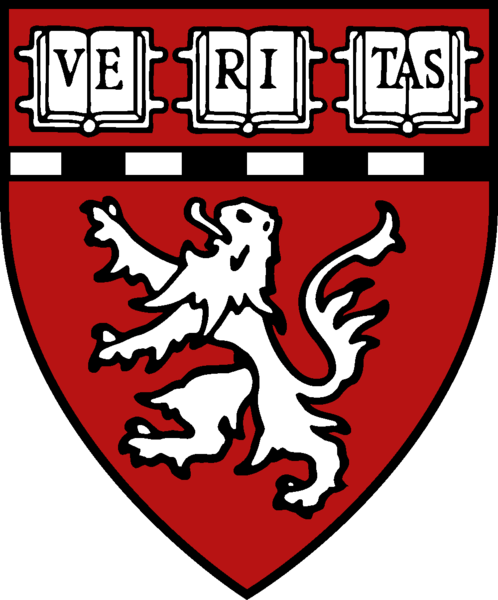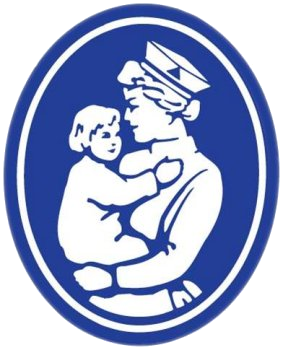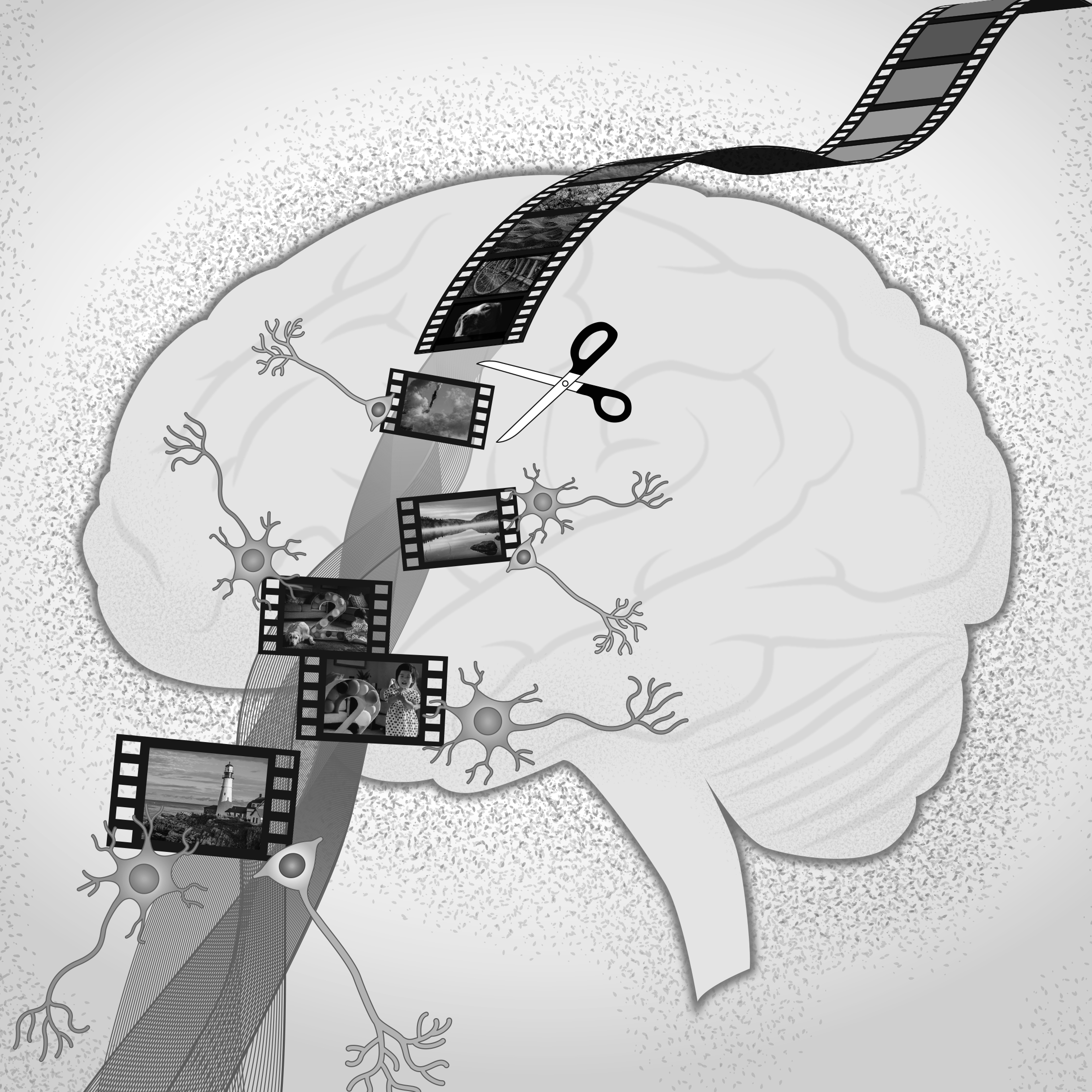
Additional Materials
(2) Download all the movie clips (554 Mb)
(3) Download all the frames used in the scene recognition task
(4) Download all the frames used in the time discrimination task
(5) Figure 1b. Due to copyright issues, we had to modify part b in this figure in the published version. Here is the original version of Figure 1b. Click here for a full resolution version.

(6) Addendum to Figure 6. Example target and foil frame pairs with low, medium and high similarity (rated by an independent control group, n = 30, Supplementary Fig. 2a). Click here for a full resolution version.
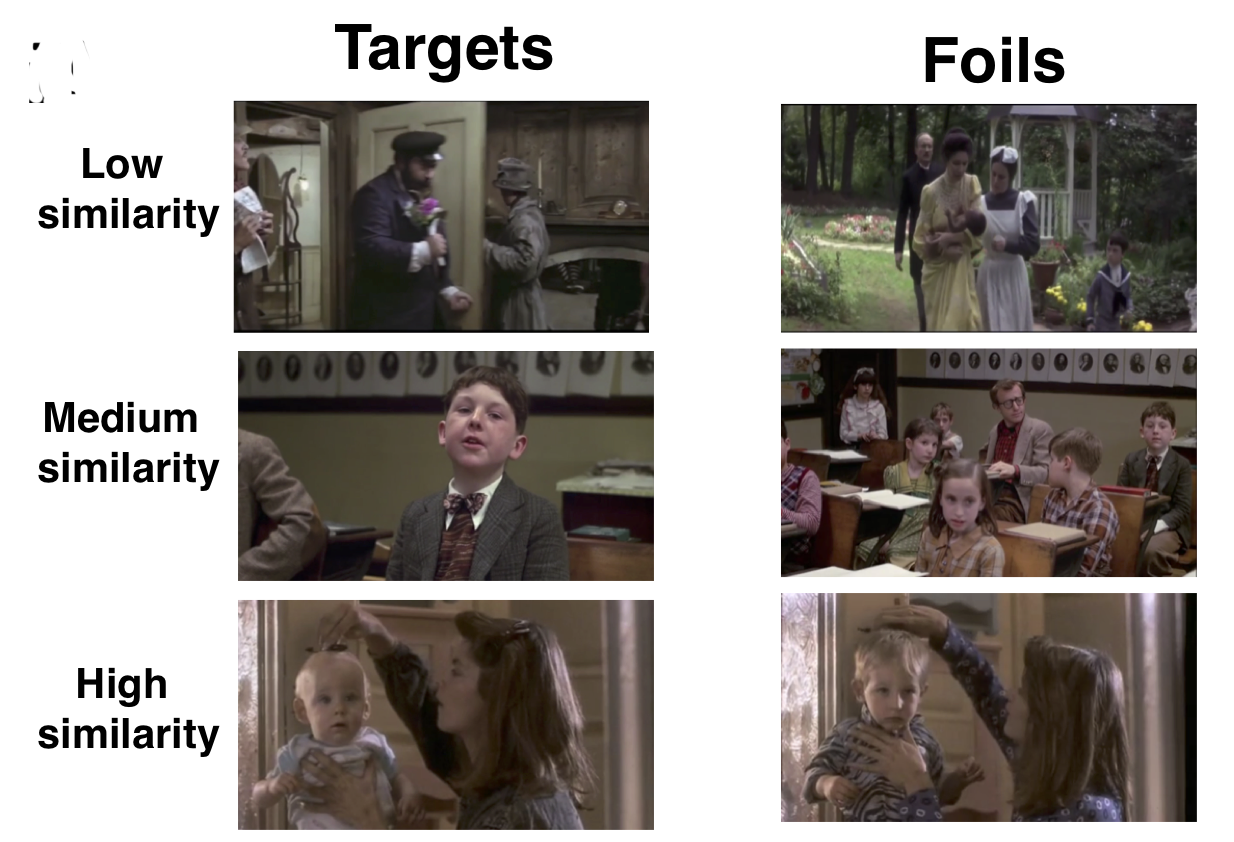
(7) Examples of the three different types of boundaries. Examples showing the frame before and after the middle of the clip (no boundary condition, NB, green), or the frames before and after soft boundaries (SB, blue, cuts between different shots of the same movie), or the frames before and after hard boundaries (HB, red, cut between shots from different movies). Click here for a full resolution version.
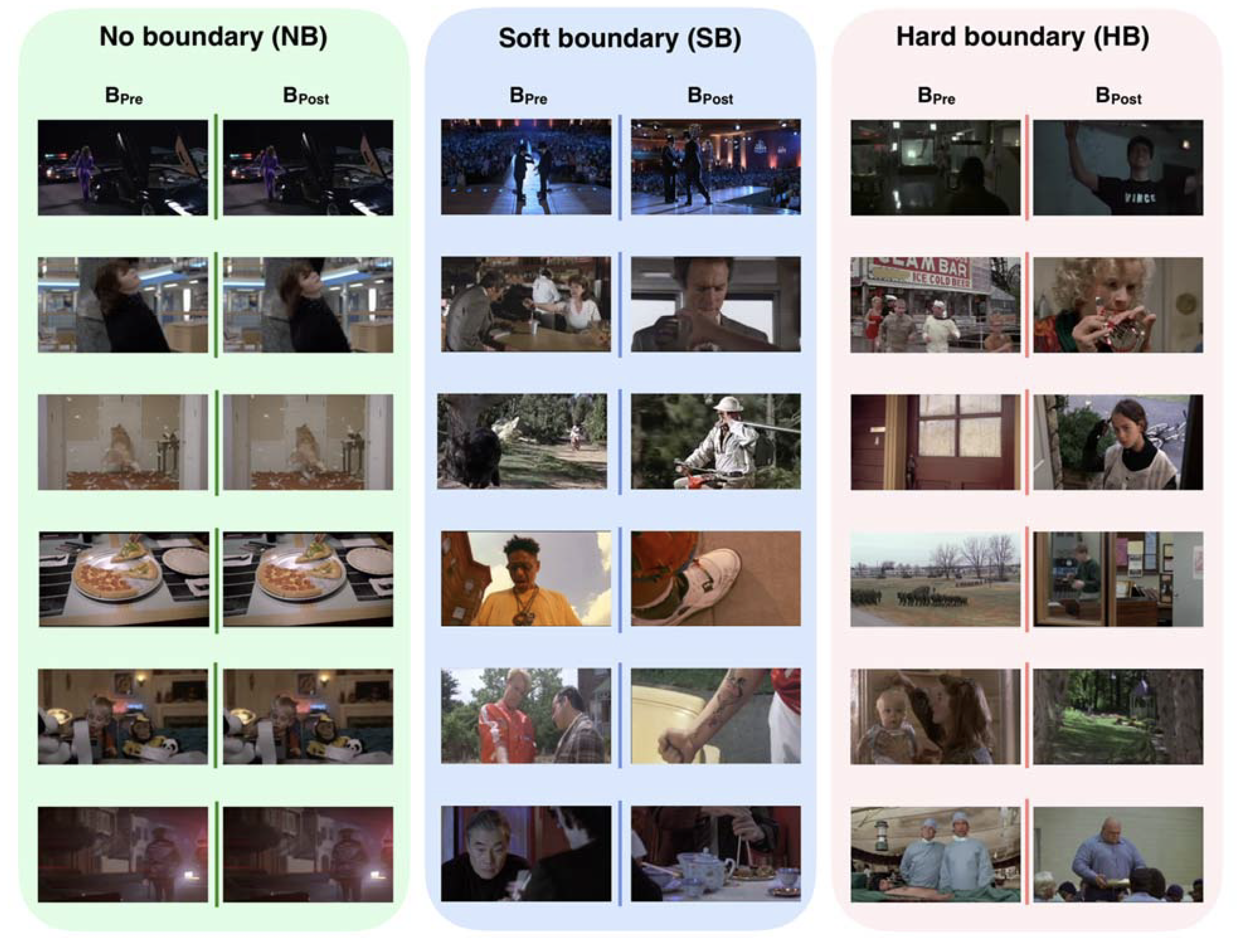
(8) Link to Dandi data archive: https://doi.org/10.48324/dandi.000207/0.220216.0323
